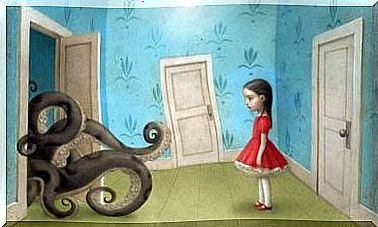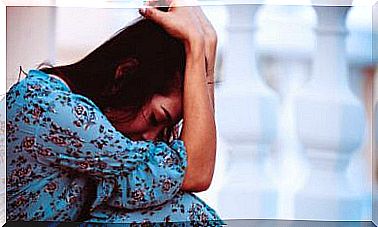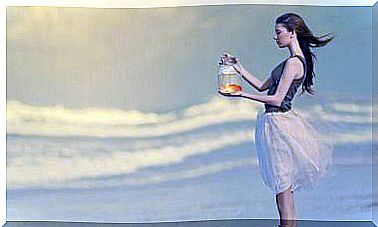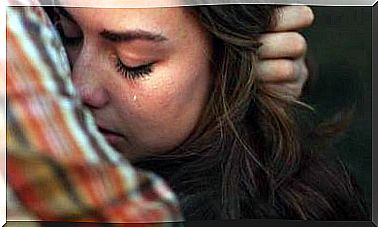Doll Therapy: Going Back To Childhood To Treat Dementia
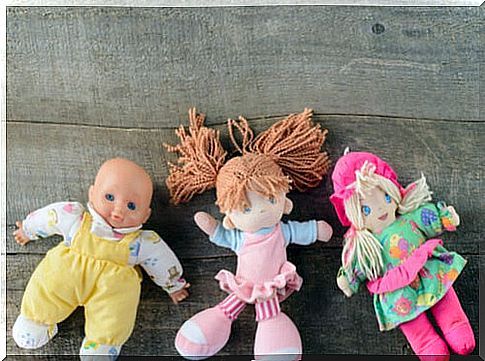
Little by little, and based on need, different types of non-pharmacological therapy have emerged to treat dementias. Music therapy, laborterapia, intervention with animals … All of them have one element in common: they bring back memories and emotions from the past that help the patient to reconnect with their life. Therefore, today we want to talk about a very recent type of therapy: doll therapy.
Before we begin to discuss this type of intervention in more depth, we must clarify some concepts. Dementia, according to the RAE, is the ” progressive deterioration of the mental faculties that causes serious behavioral disorders “.
The WHO defines it as “a syndrome, generally of a chronic or progressive nature, characterized by the deterioration of cognitive function (that is, the ability to process thought) beyond what could be considered a consequence of normal aging. “
According to Nitrini and Dozzi (2012), dementia as a syndrome would be characterized by the presence of persistent cognitive impairment, which interferes with the individual’s ability to independently carry out their work or social activities. There are different types of dementias, the most common, according to the WHO:
- Alzheimer disease.
- Frontotemporal dementia.
- Lewy body dementia.
It is true that a disease affects each person differently. In this way, carrying out an individualized and focused plan for each person is essential to guarantee the success of an intervention . In this case, we understand success as reaching the objectives set at the beginning of the intervention.

What is the origin of doll therapy?
This type of non-pharmacological therapy arises in the United States. As Rodríguez (2018) says Anne Burnnet, director of The Limes Care Home (center for patients with dementia in the United States) is the creator of this new therapeutic method: doll therapy.
Anne had worked with an older woman who had lost a child when she was young and was always crying out for her baby. One day she tried giving him a teddy bear during one of his episodes and he calmed down. From that moment on, he used this method with other patients, working both with men and with women.
Benefits of doll therapy
Although, on many occasions, drug treatment is unavoidable, intervention with another type of therapy that does not use only drugs is becoming normal.
In Spain, and more specifically in Salamanca, there is a pioneering center in which various interventions are developed that seek a balance between the use of pharmacological and non-pharmacological therapy. This center is the Alzheimer’s State Reference Center.
For Carballo, Arroyo, Portero and Ruiz-Sánchez (2013) some benefits of non-pharmacological intervention would be:
- Maintenance and / or stimulation of preserved capacities.
- Promotion of the autonomy and independence of the user.
- Improvement of social relations and communication.
- It reduces the feeling of loneliness and isolation.
- Improved self-concept and self-image and, therefore, self-esteem.
- Increase in the quality of life of the user himself and his closest environment.
- User empowerment.
- Bimanual and motor development of the user.
- Create an atmosphere of calm and positivity during and after the intervention.
- It develops the affectivity of the patient.
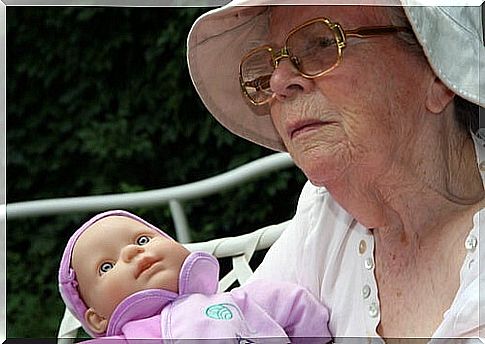
In short, the use of these interventions has a very positive effect on the lives of people with dementia and, indirectly, on that of their families. Furthermore, the fact that there is no formula that reverses the symptoms of certain types of dementia, such as Alzheimer’s disease, does not imply that we have a good margin of intervention to slow down the progression of the deterioration.
